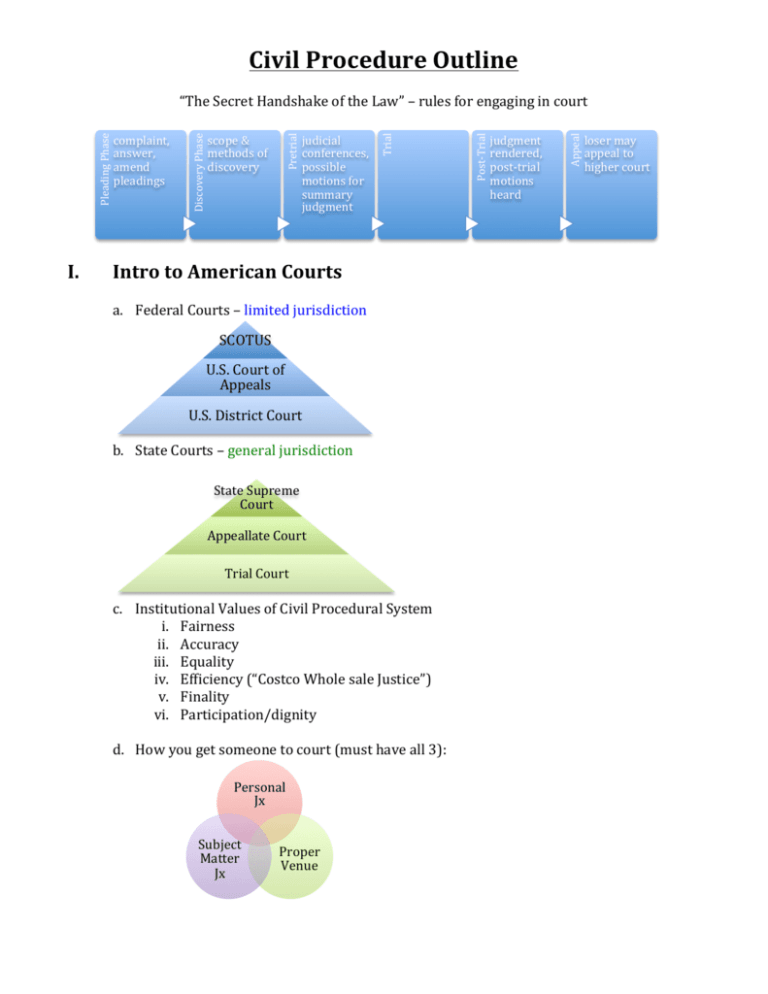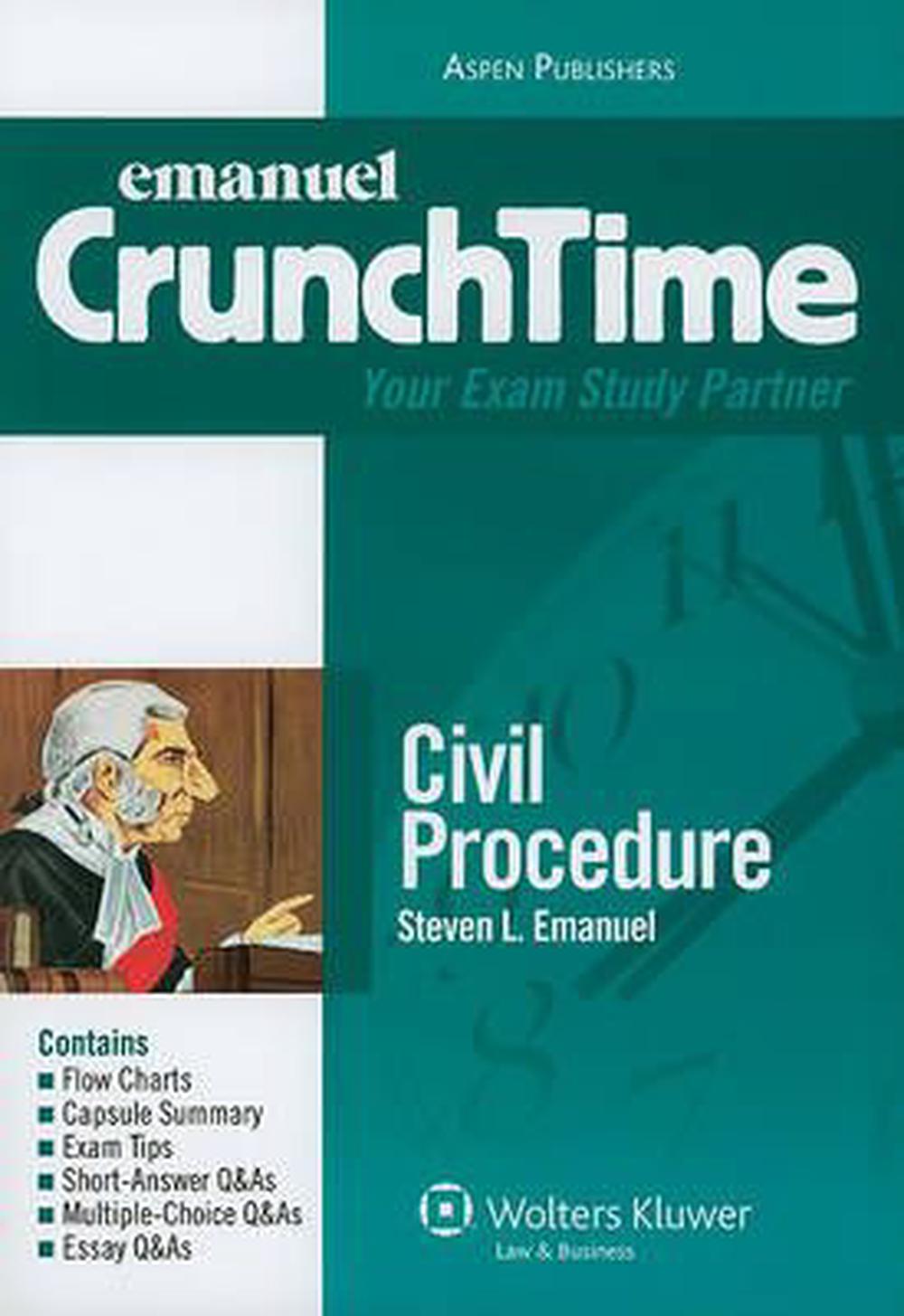

For example, in one patent case, a defendant was deemed to have waived its obviousness defense because its JMOL motion only addressed the issues of inequitable conduct and anticipation. Thus, if an issue was not raised in a party’s Rule 50(a) motion for JMOL, then that issue will be deemed waived. Importantly, a motion for renewed JMOL can only encompass issues raised during a previous motion for JMOL.

As the name suggests, the standard for renewed JMOL is similar to the standard for a Rule 50(a) JMOL: a court may grant such a motion if it finds that no reasonable jury could have returned the verdict that was given. After a jury trial, a party may file a renewed motion for JMOL (formerly known as a “judgment notwithstanding the verdict” or “JNOV”) under Federal Rule of Civil Procedure 50(b). Renewed JMOL, aka Judgment Notwithstanding the Verdict (“JNOV”).

Jmol civil procedure trial#
Motions for JMOL are rarely granted but are critically important procedurally because they preserve a party’s ability to move for Renewed JMOL after trial and, if necessary, for appeal. If the Court grants JMOL, the issue is removed from the jury’s consideration. This was formerly called a motion for a “directed verdict.” The Court will grant JMOL if it determines that a reasonable jury would not have a legally sufficient evidentiary basis to find for the party on that issue.

After a party has presented all of its evidence on an issue in a civil jury trial, but before the issue goes to the jury, the opposing party should move for JMOL under Federal Rule of Civil Procedure 50(a). A JMOL motion is technically not a post-trial motion, but it serves as a critical foundation for post-trial motions, which is why we cover it here. Motion for Judgment as a Matter of Law (“JMOL”), aka Directed Verdict. This blog post discusses generally the types of motions a party should consider filing, and/or should expect to be filed against it.
Jmol civil procedure pro#
Back Representative Industries Academic Research and Medical Centers Aerospace and Defense Chemicals Cleantech Consumer Products Digital Health Digital Media and E-Commerce Electrical and Computer Technology Energy and Petrochemical Financial and Business Services Internet Life Sciences Manufacturing Medical Devices Nanotechnology Standard Essential Patents Telecommunications Transportation Services and Industry Experience Overview Litigation Litigation Overview Appellate Chancery and Corporate Governance Commercial Litigation eDiscovery Experts on Experts False Claims Act and Qui Tam Hatch-Waxman ITC Litigation Patent Litigation Product Liability and Mass Torts Trademark, Copyright, and Media Litigation Trade Secret Litigation Fish Litigation Blog Litigation Legal Operations Global Presence Post-Grant Post-Grant Overview Inter Partes Review Covered Business Method Post-Grant Review Ex Parte Reexamination Prosecution & Counseling Patent Trademark Copyright IP Licensing, Transactions, and Agreements Regulatory and Government Affairs Fish Patent Blog Fish Trademark & Copyright Blog Litigation Legal Operations Litigation Legal Operations - Litigation Pricing - Litigation Legal Project Management - Litigation Knowledge Management About Fish About Fish Overview - Diversity & Inclusion - Pro Bono Featured PostsĪ party’s case-in-chief is closed or a verdict has just been delivered, and now it’s time for a variety of critically important post-trial motions to preserve a victory or overturn a defeat, or at least to preserve the right to appeal an issue that was just tried.


 0 kommentar(er)
0 kommentar(er)
